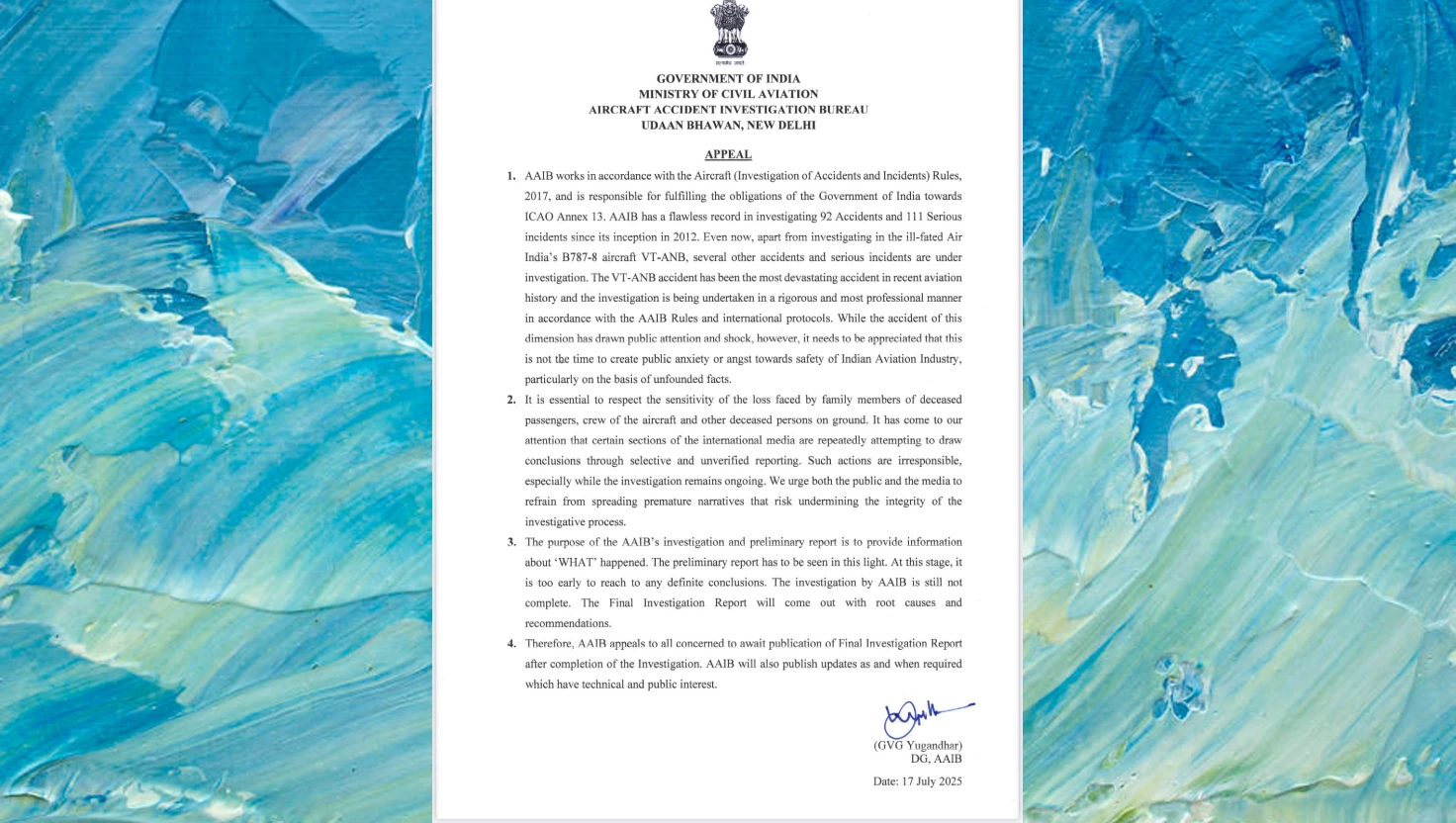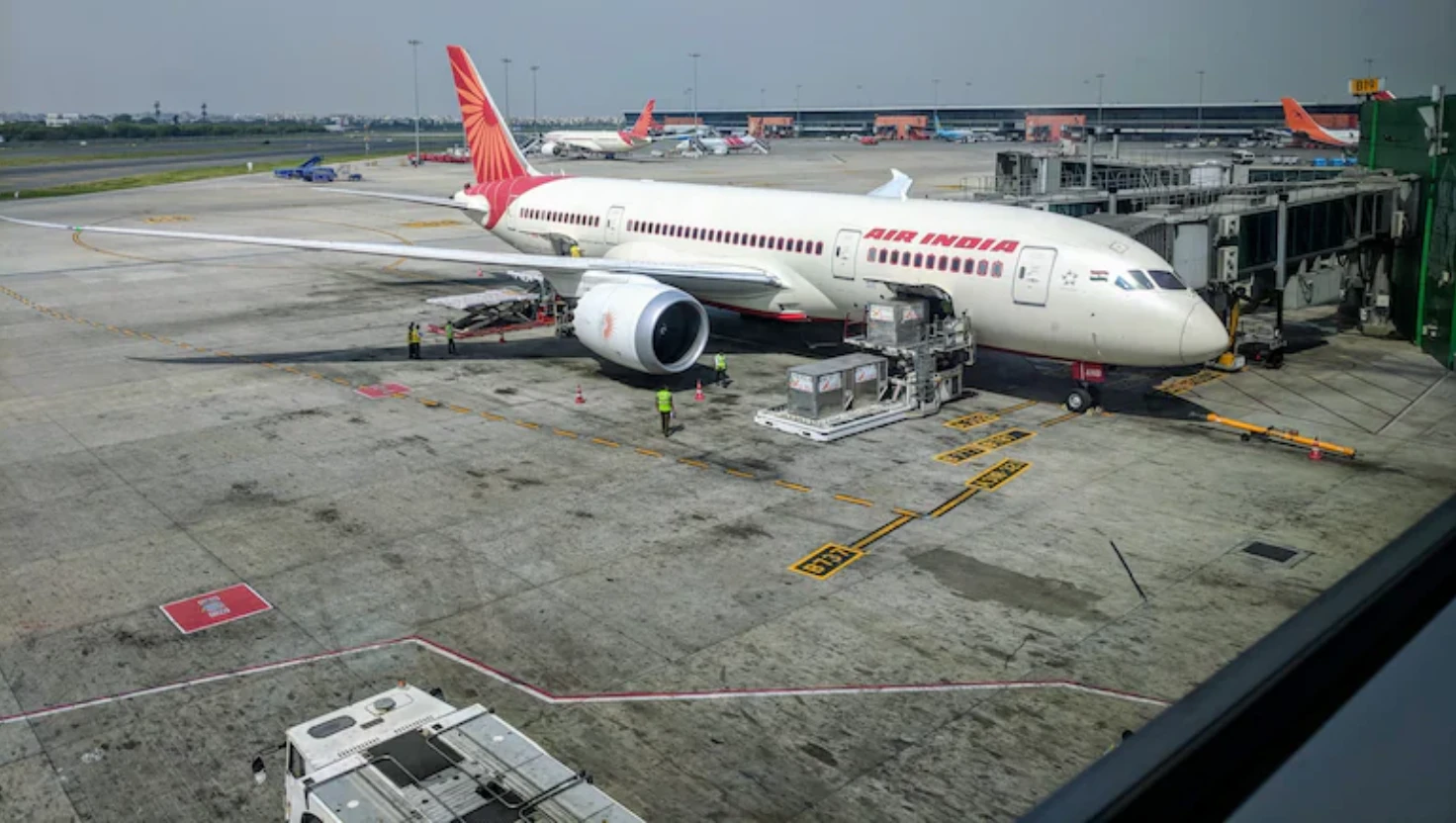Sebi Proposes New IGB-FPI Category to Attract Foreign Investment in Indian Bonds

Sebi on Tuesday announced a set of proposed regulatory changes aimed at easing the entry and compliance burden for foreign portfolio investors (FPIs) that invest exclusively in Indian government bonds.
India’s Sebi proposes a new IGB-FPI category with relaxed rules to boost foreign investment in government bonds under FAR and VRR channels.
India’s capital markets regulator has proposed a new category of foreign investors in government bonds, offering relaxed rules to attract more long-term international investment into the country’s debt markets.
The Securities and Exchange Board of India (Sebi) on Tuesday (May 13, 2025) announced a set of proposed regulatory changes aimed at easing the entry and compliance burden for foreign portfolio investors (FPIs) that invest exclusively in Indian government bonds.
The proposal outlines the creation of a new category known as IGB-FPIs, or Indian Government Bond-Foreign Portfolio Investors. These investors would operate solely through the Voluntary Retention Route (VRR) and the Fully Accessible Route (FAR), two frameworks that allow foreign participation in Indian debt without many of the limitations imposed on other forms of investment.
According to Sebi’s consultation paper, the objective is to increase long-term foreign investment in sovereign debt instruments by reducing the administrative and compliance costs currently borne by FPIs.
Simplified Rules for IGB-FPIs
The regulator proposes that IGB-FPIs be exempt from several existing requirements, such as the need to disclose investor group structures. Under current norms, FPIs are required to submit detailed information to monitor investment caps and prevent over-concentration in specific securities. However, since the FAR and VRR do not impose such caps, Sebi suggests these disclosures are unnecessary for IGB-FPIs.
Additionally, Sebi has recommended lifting restrictions that currently limit the participation of non-resident Indians (NRIs), overseas citizens of India (OCIs), and resident Indians (RIs) in FPIs. Presently, individual NRI, OCI, or RI investors may not contribute more than 25 percent to any FPI, with a collective ceiling of 50 percent. The proposed framework would remove these limits for IGB-FPIs, permitting these investor groups to contribute freely and even hold controlling stakes.
“Given that FAR and VRR investments are already exempt from security-wise or group-level investment restrictions, these changes are aimed at aligning the regulatory framework accordingly,” the paper stated.
Registration and Compliance Eased
Under the proposal, IGB-FPIs would face fewer compliance obligations than traditional FPIs. Sebi plans to align the Know Your Customer (KYC) review cycles for IGB-FPIs with those prescribed by the Reserve Bank of India (RBI), which vary between two to ten years depending on the investor’s risk profile. Currently, all FPIs must undergo annual or triennial KYC reviews regardless of risk levels.
Sebi has also proposed a uniform 30-day period for IGB-FPIs to report any material changes, replacing the current requirement to disclose such changes within either seven or 30 days based on their nature.
To facilitate flexibility, Sebi suggested allowing existing FPIs to transition to IGB-FPI status. Such transitions would require investors to divest all non-government bond holdings and close related trading and dematerialised accounts. Likewise, IGB-FPIs wishing to convert back to general FPI status would need to comply with standard FPI norms.
Global Index Inclusion Expected to Boost Demand
Sebi’s move comes as Indian government bonds are set to be included in several major global indices, which is anticipated to significantly increase demand from foreign investors.
Indian sovereign bonds will be part of the JP Morgan Global Emerging Market Bond Index and the Bloomberg EM Local Currency Government Index. Additionally, FTSE Russell plans to add Indian bonds to its Emerging Markets Government Bond Index from September 2025.
The inclusion in these indices is widely seen as a positive step for India’s debt market, potentially drawing tens of billions of dollars in passive inflows as global funds rebalance portfolios to include Indian assets.
Sebi data shows that foreign portfolio investment in FAR-eligible government bonds has already surged past Rs 3 lakh crore (approximately USD 35.7 billion) by March 2025, underlining growing interest among international investors.
Public Feedback Invited
Sebi has invited stakeholders and the general public to submit comments on the proposed changes until 3 June 2025.
The reforms are part of broader efforts to deepen India’s financial markets, attract stable long-term capital, and integrate the country’s bond market with global investment flows.
India’s bond market reforms over the past decade have aimed to reduce barriers to foreign participation while maintaining regulatory oversight. The introduction of the VRR and FAR was intended to offer flexibility and predictability for global investors, especially amid rising interest in emerging markets.
The FAR, introduced in 2020, allows unrestricted foreign access to selected government bonds. The VRR, meanwhile, mandates a minimum retention period for investments but offers similar regulatory relief.
By creating a dedicated IGB-FPI category, Sebi seeks to institutionalise and streamline access to these routes, further positioning India as a competitive destination for fixed-income investment in Asia.
The Securities and Exchange Board of India (Sebi) on Tuesday (May 13, 2025) announced a set of proposed regulatory changes aimed at easing the entry and compliance burden for foreign portfolio investors (FPIs) that invest exclusively in Indian government bonds.
The proposal outlines the creation of a new category known as IGB-FPIs, or Indian Government Bond-Foreign Portfolio Investors. These investors would operate solely through the Voluntary Retention Route (VRR) and the Fully Accessible Route (FAR), two frameworks that allow foreign participation in Indian debt without many of the limitations imposed on other forms of investment.
According to Sebi’s consultation paper, the objective is to increase long-term foreign investment in sovereign debt instruments by reducing the administrative and compliance costs currently borne by FPIs.
Simplified Rules for IGB-FPIs
The regulator proposes that IGB-FPIs be exempt from several existing requirements, such as the need to disclose investor group structures. Under current norms, FPIs are required to submit detailed information to monitor investment caps and prevent over-concentration in specific securities. However, since the FAR and VRR do not impose such caps, Sebi suggests these disclosures are unnecessary for IGB-FPIs.
Additionally, Sebi has recommended lifting restrictions that currently limit the participation of non-resident Indians (NRIs), overseas citizens of India (OCIs), and resident Indians (RIs) in FPIs. Presently, individual NRI, OCI, or RI investors may not contribute more than 25 percent to any FPI, with a collective ceiling of 50 percent. The proposed framework would remove these limits for IGB-FPIs, permitting these investor groups to contribute freely and even hold controlling stakes.
“Given that FAR and VRR investments are already exempt from security-wise or group-level investment restrictions, these changes are aimed at aligning the regulatory framework accordingly,” the paper stated.
Registration and Compliance Eased
Under the proposal, IGB-FPIs would face fewer compliance obligations than traditional FPIs. Sebi plans to align the Know Your Customer (KYC) review cycles for IGB-FPIs with those prescribed by the Reserve Bank of India (RBI), which vary between two to ten years depending on the investor’s risk profile. Currently, all FPIs must undergo annual or triennial KYC reviews regardless of risk levels.
Sebi has also proposed a uniform 30-day period for IGB-FPIs to report any material changes, replacing the current requirement to disclose such changes within either seven or 30 days based on their nature.
To facilitate flexibility, Sebi suggested allowing existing FPIs to transition to IGB-FPI status. Such transitions would require investors to divest all non-government bond holdings and close related trading and dematerialised accounts. Likewise, IGB-FPIs wishing to convert back to general FPI status would need to comply with standard FPI norms.
Global Index Inclusion Expected to Boost Demand
Sebi’s move comes as Indian government bonds are set to be included in several major global indices, which is anticipated to significantly increase demand from foreign investors.
Indian sovereign bonds will be part of the JP Morgan Global Emerging Market Bond Index and the Bloomberg EM Local Currency Government Index. Additionally, FTSE Russell plans to add Indian bonds to its Emerging Markets Government Bond Index from September 2025.
The inclusion in these indices is widely seen as a positive step for India’s debt market, potentially drawing tens of billions of dollars in passive inflows as global funds rebalance portfolios to include Indian assets.
Sebi data shows that foreign portfolio investment in FAR-eligible government bonds has already surged past Rs 3 lakh crore (approximately USD 35.7 billion) by March 2025, underlining growing interest among international investors.
Public Feedback Invited
Sebi has invited stakeholders and the general public to submit comments on the proposed changes until 3 June 2025.
The reforms are part of broader efforts to deepen India’s financial markets, attract stable long-term capital, and integrate the country’s bond market with global investment flows.
India’s bond market reforms over the past decade have aimed to reduce barriers to foreign participation while maintaining regulatory oversight. The introduction of the VRR and FAR was intended to offer flexibility and predictability for global investors, especially amid rising interest in emerging markets.
The FAR, introduced in 2020, allows unrestricted foreign access to selected government bonds. The VRR, meanwhile, mandates a minimum retention period for investments but offers similar regulatory relief.
By creating a dedicated IGB-FPI category, Sebi seeks to institutionalise and streamline access to these routes, further positioning India as a competitive destination for fixed-income investment in Asia.

Reliance Retail acquires Kelvinator, The Coolest One
Reliance Retail has purchased the Kelvinator brand from Electrolux for nearly ₹160 crore, aiming to strengthen its position in India's consumer durables market.
| 2025-07-19

Saiyyara has shattered every myth about launching newcomers. No big names, no big PR
Madhur Bhandarkar praises debut film 'Saiyaara' for its raw talent and storytelling, marking a shift in Bollywood's approach to newcomers.
| 2025-07-19

India slams reports blaming pilots for Air India crash
India's AAIB disputes US media assertions regarding Air India AI 171 crash, highlighting ongoing investigation and sensitivity towards victims' families.
| 2025-07-18

India Secures Four-Wicket Win in ODI Series Opener Against England
India achieves a four-wicket victory over England in the ODI series opener, led by Deepti Sharma's unbeaten 62 runs.
| 2025-07-17

Air India inspection claims no problems found with Boeing 787 fuel control switches
Air India has conducted thorough inspections of its Boeing 787 fuel control switches, reporting no problems following a DGCA directive.
| 2025-07-17




